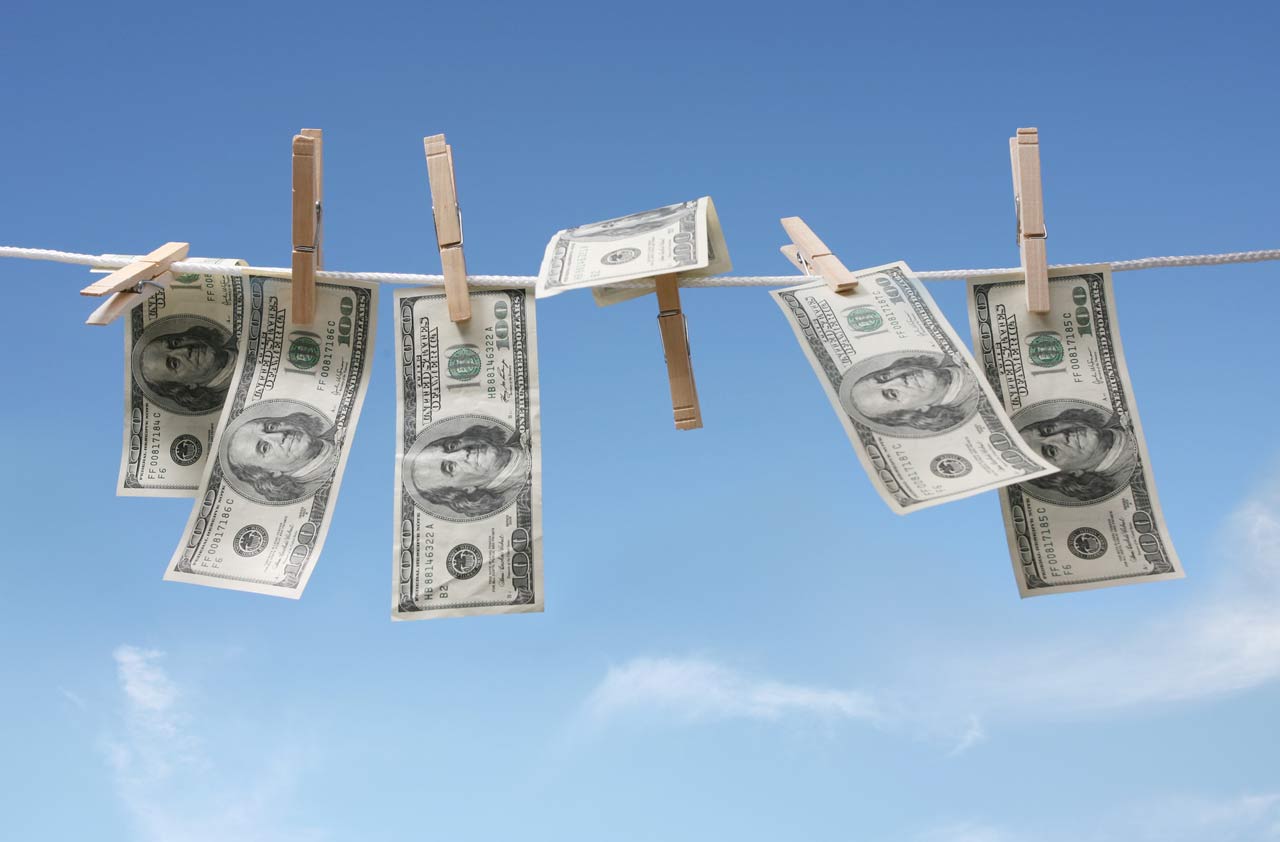5 Ways to Increase Retirement Income in a Low-Yield World
Squeezing more income out of your assets is always a good thing for retirees.


Many retirees who worked hard and saved diligently only to reach retirement in a low-income-rate environment have recently found the income they need to live off may be less than they had expected. Fortunately, there are still opportunities for pre-retirees and retirees to increase retirement income in today's low-yield world.
Until recently, experts suggested that pre-retirees should use just 4% of their retirement account during their first year of retirement and that the account’s later use would be dependent upon the inflation rate. However, it has become clear that this 4% rule is flawed.
The 4% rule was established in the 1990s when bond interest rates were considerably higher than they are now. The rule also assumed that retirees had balanced portfolios, which was not always the case. Lower interest rates have since dropped further, leaving many reliant pre-retirees scrambling for additional income.

Sign up for Kiplinger’s Free E-Newsletters
Profit and prosper with the best of expert advice on investing, taxes, retirement, personal finance and more - straight to your e-mail.
Profit and prosper with the best of expert advice - straight to your e-mail.
Read along to learn about five key ways to increase retirement income in a low-yield world.
Make the Most of Your Cash Holdings with Money Market Accounts
Saving for retirement means building a financial plan that will increase your after-tax dollars. Your plan should also be flexible enough to let you withdraw money in case of any unexpected events or life changes, which often involves an allocation to cash for safety and security. Money market accounts allow account owners to access their funds within 24 hours.
You can make the most of your cash holdings by placing assets into a money market or a money purchase fund rather than keeping them in the custodian’s cash account. Placing your assets into a money market or a money purchase fund generates additional return while maintaining liquidity in your brokerage account. For example, as of Sept. 30, the Crane Brokerage Sweep index had an annualized return of 0.2% on cash holdings, while the Crane 100 Money Fund Index had an annualized return of 1.8% or nine times more.
A trusted financial adviser will be able to help you select the best money market or money purchase funds for you to make the most of your cash holdings.
Take Advantage of Dividends and Stocks Over Bonds
In today’s market, you can increase retirement funds and profit more if you shift income sources from bonds to stocks. Ten-year Treasury note yields settled at 1.68% on Sept. 30 while the dividend yield on the S&P 500 was around 1.97%. Additionally, many large, quality companies possess dividends that are higher than their bond rates.
Although the 1.97% yield is nowhere near the 5%, 10% or 15% interest rates that were available years ago, today’s rates are higher on stocks than bonds. The higher interest rates from years ago enabled people to retire comfortably with only bonds and CDs. Today it is critical to be selective and align investments that allow you to take advantage of dividends. Although the difference in interest may seem small, stocks tend to grow their dividends with inflation and company growth, while bond payments, on the other hand, are fixed and qualified dividends can have more favorable tax treatment than other forms of income.
Maximize Social Security Benefits
The Social Security Administration allows you to start receiving benefits anytime from age 62 to age 70. There are several factors that affect when exactly you might want to start receiving benefits, including your earnings history, marital status, predicted retirement age and amount of assets.
The Social Security Quick Calculator is a great tool to explore what age you might want to start receiving Social Security benefits. The tool takes information like your date of birth, current earnings and future retirement date to present a view of your benefit estimate in today’s dollars or in inflated (future) dollars.
You can play around with the options to understand how your benefits change based on what age you elect to receive Social Security benefits. For example, although you are entitled to receive Social Security benefits at 62, your benefit will be reduced for the rest of your retirement if you choose to take them before your full retirement age. Therefore, it may make more sense to wait until you’ve reached your full retirement age (which is dependent on your date of birth) when you are eligible to receive full benefits.
You may even earn a credit if you delay receiving Social Security benefits between your full retirement age and 70 years old. It is important to consider factors that are unique to your situation, like your cash needs.
You should also take advantage of software programs that are designed to present useful information like your assets’ growth rates to help decide on short- and long-term financial decisions to maximize your Social Security benefit.
Deciding when to receive Social Security benefits is complex and differs from person-to-person. A trusted financial adviser is a great resource to help you determine the best time to draw on your benefits. A financial adviser can also help you understand your assets’ growth rates combined with your Social Security to guide you to make sound financial decisions.
Add Passive Real Estate Exposure to Your Portfolio
Owning a rental property (active real estate exposure) often means that you have to respond to calls at very inconvenient hours. Investing in real estate investment trusts (REITs) replaces all of the hassles of owning real estate while still reaping the rewards. REITs often pay a yield of 5%-7% and can be held in your brokerage account.
If you already own property, you can utilize services from a local management firm that will invest in real estate and send monthly or quarterly checks for a reasonable fee. Working with a local management firm lets you receive income from your property while also investing in other real estate. Your financial adviser can help you find the best local firm that will pay you to own your properties. Speaking with a tax professional about how to obtain benefits will also help simplify the process.
Develop a Financial Plan that Accounts For Withdrawal Sequencing
Retirees often have multiple assets and accounts (e.g., Roth IRA, multiple taxable accounts, assets, etc.), which can make for more complicated financial decisions. Typically retirees who fall into this category withdraw assets from accounts with lower tax exposure first to encourage their funds to compound and potentially last two or three years longer. Ultimately, the goal is to avoid placing yourself in a higher tax bracket.
Deciding which account to draw on first depends on a person’s individual needs. A financial adviser can help you determine which fund to draw on first and can open opportunities to profit from after-tax dollars.
The Bottom Line
You have worked hard for your money up until now. Wouldn’t it be nice to squeeze a little more income from it? In today’s low-yield world, you can increase your retirement funds, ensure a steady income after you retire and overall prevent mistakes throughout retirement so you can spend your hard-earned profits. It is wise to work with an experienced and trusted financial adviser who can help you make the best financial decisions based on your unique future goals and needs.
Get Kiplinger Today newsletter — free
Profit and prosper with the best of Kiplinger's advice on investing, taxes, retirement, personal finance and much more. Delivered daily. Enter your email in the box and click Sign Me Up.

Kevin Barlow, CFA®, is managing director of Miracle Mile Advisors, and has over 13 years of professional experience in financial services working with high-net-worth individuals and families on customized investment solutions.
-
 33 Stocks That Could Rally 50% or More This Year
33 Stocks That Could Rally 50% or More This YearAnalysts say these S&P 500 stocks have at least 50% price upside over the next year or so.
By Dan Burrows
-
 Stock Market Today: Dow Drops 971 Points as Powell Pressure Ramps Up
Stock Market Today: Dow Drops 971 Points as Powell Pressure Ramps UpPresident Trump is increasing his attacks against Jerome Powell, insisting the Fed chair cut interest rates.
By Karee Venema
-
 Going to College? How to Navigate the Financial Planning
Going to College? How to Navigate the Financial PlanningCollege decisions this year seem even more complex than usual, including determining whether a school is a 'financial fit.' Here's how to find your way.
By Chris Ebeling
-
 Financial Steps After a Loved One's Alzheimer's Diagnosis
Financial Steps After a Loved One's Alzheimer's DiagnosisIt's important to move fast on legal safeguards, estate planning and more while your loved one still has the capacity to make decisions.
By Thomas C. West, CLU®, ChFC®, AIF®
-
 How Soon Can You Walk Away After Selling Your Business?
How Soon Can You Walk Away After Selling Your Business?You may earn more money from the sale of your business if you stay to help with the transition to new management. The question is, do you need to?
By Evan T. Beach, CFP®, AWMA®
-
 Two Don'ts and Four Dos During Trump's Trade War
Two Don'ts and Four Dos During Trump's Trade WarThe financial rules have changed now that tariffs have disrupted the markets and created economic uncertainty. What can you do? (And what shouldn't you do?)
By Maggie Kulyk, CRPC®, CSRIC™
-
 I'm Single, With No Kids: Why Do I Need an Estate Plan?
I'm Single, With No Kids: Why Do I Need an Estate Plan?Unless you have a plan in place, guess who might be making all the decisions about your prized possessions, or even your health care: a court.
By Cynthia Pruemm, Investment Adviser Representative
-
 Most Investors Aren't as Diversified as They Think: Are You?
Most Investors Aren't as Diversified as They Think: Are You?You could be facing a surprisingly dangerous amount of concentration risk without realizing it. Fixing that problem starts with knowing exactly what you own.
By Scott Noble, CPA/PFS
-
 Will My Children Inherit Too Much?
Will My Children Inherit Too Much?If you worry about how your children will handle an inheritance, you're not alone. Luckily, you have options — from lifetime gifting to trusts — that can help.
By Mallon FitzPatrick, CFP®, AEP®, CLU®
-
 Charitable Giving Lessons From Netflix's 'Apple Cider Vinegar'
Charitable Giving Lessons From Netflix's 'Apple Cider Vinegar'Charity fraud is rife, and a Netflix series provides a timely warning about donating money to a good cause without looking into its background.
By Peter J. Klein, CFA®, CAP®, CSRIC®, CRPS®